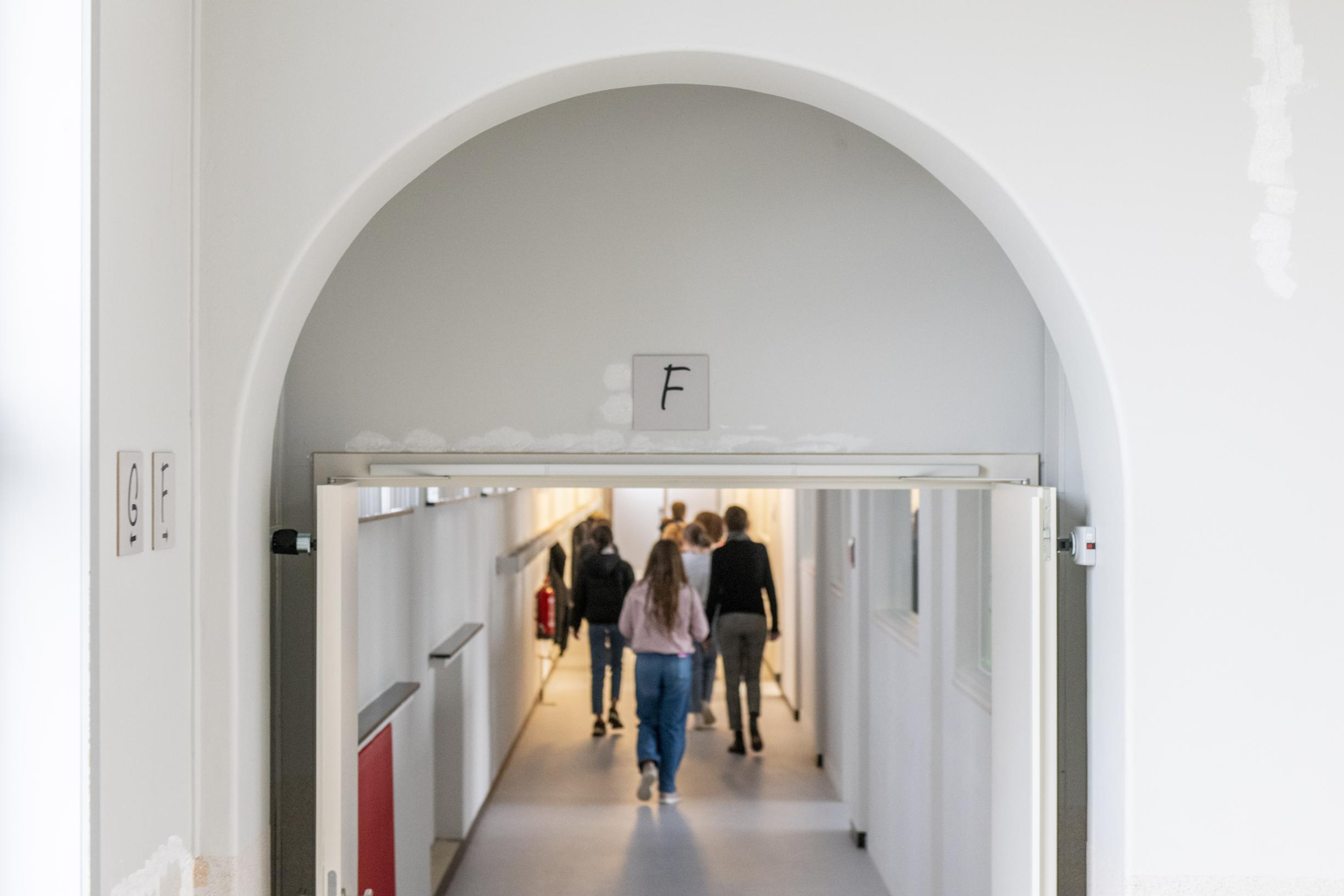The fourth corona wave had the greatest negative impact on the well-being of students, people from the culture and events sector, teachers and healthcare providers. The Corona Commissariat reports this in a press release.
–
Since the beginning of 2021, the Mental Assessment Group (MAG) of the Gems has regularly monitored motivation, mental health, absenteeism and unemployment among the Belgian population. The members of the MAG are mainly experts from universities and government services from the humane, social and labor domain. The MAG report is always included in the Gems recommendations for the Consultation Committee.
Long-term data from the Motivational Barometer (UGent) and the Great Corona Study (UAntwerp) show that well-being had steadily increased before the summer, when the measures were relaxed. This improvement stopped from September, and deteriorated again since the end of September, especially among students and adults under the age of 45. This was also the case with people from the culture and events sector, and with teachers and care providers. They were the hardest hit by the fourth wave and/or the resulting measures, it said.
Waiting lists much longer
There are no periodic data on the impact of the crisis on psychological problems. That is why the MAG relies on data from organizations and healthcare institutions. The Growing Up agency, which supports children and young teens in mental health crisis situations, has been contacted even more since the beginning of 2021 than it has been since the start of the covid crisis. The numbers stabilized in July and August 2021, but have been rising again since September 2021. Most requests for help are about psychological problems, including questions about suicide.’
The care institutions for young adolescents in particular receive more requests for crisis assistance. ‘However, there is a shortage of space for the treatment of eating disorders and for general psychiatric disorders. Since the start of the pandemic, waiting lists have grown four times longer, currently five to six months. Child psychiatry and psychological counseling of students also report that they cannot keep up with the demand. It takes up to two to three months to consult a child psychiatrist or before a child can be admitted to a child psychiatry department.’
More absenteeism
The MAG also reports a higher medication use, but no more users. NIHDI health expenditures indicate that people taking sedative or stimulant drugs have been taking more and more of them since the start of the pandemic. ‘This can be explained by the fact that they have more or more serious complaints, or because they now make less use of mental health care. The number of people taking such medication has remained constant or even decreased.’
Healthcare expenditure for psychiatrists and child psychiatrists was lower in April to July 2020 (first wave), in October 2020 and January 2021 (second and third wave) than in previous years.
Due to the increasing spread of the virus, more and more employees are dropping out. Data from HR services group Acerta indicate a significant increase in short-term absenteeism since September 2021, in all sectors. ‘This puts a greater burden on the remaining employees. Data from Idewe, an external service for prevention and protection at work, shows that this increases the risk of burnout, dissatisfaction and the intention to leave the job. It was therefore important that the Consultation Committee also took this into account when determining its measures.’
– .


